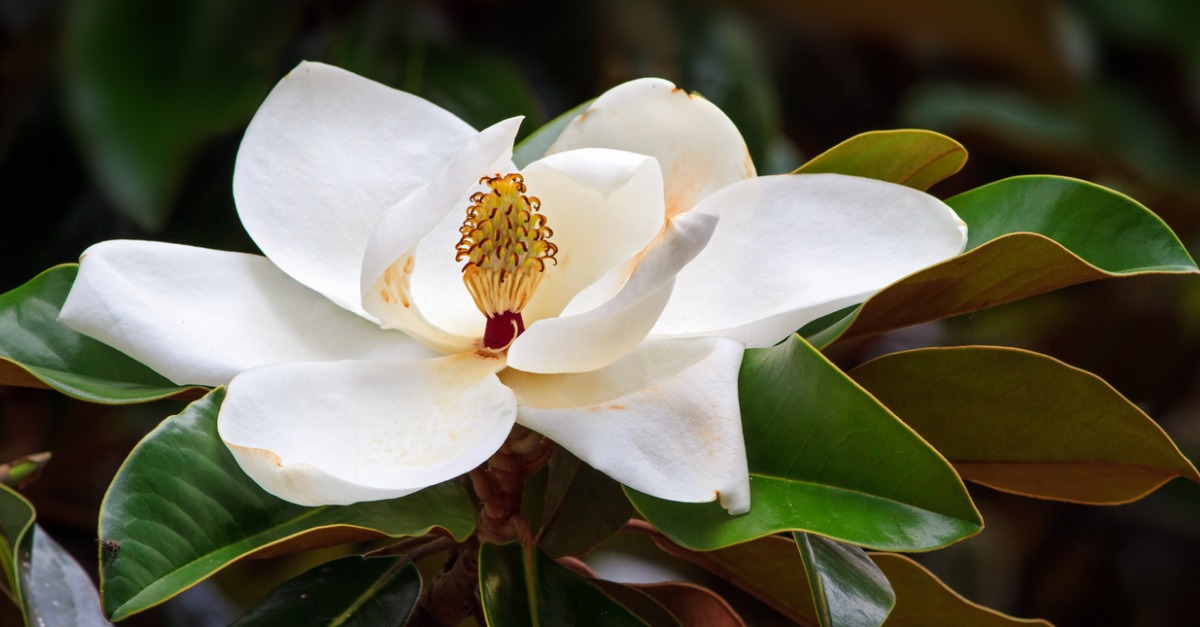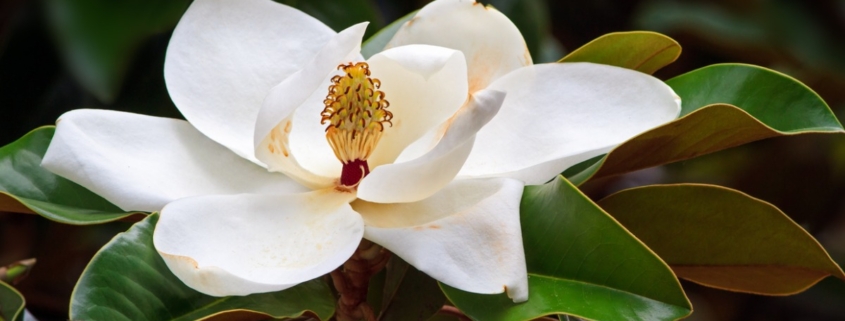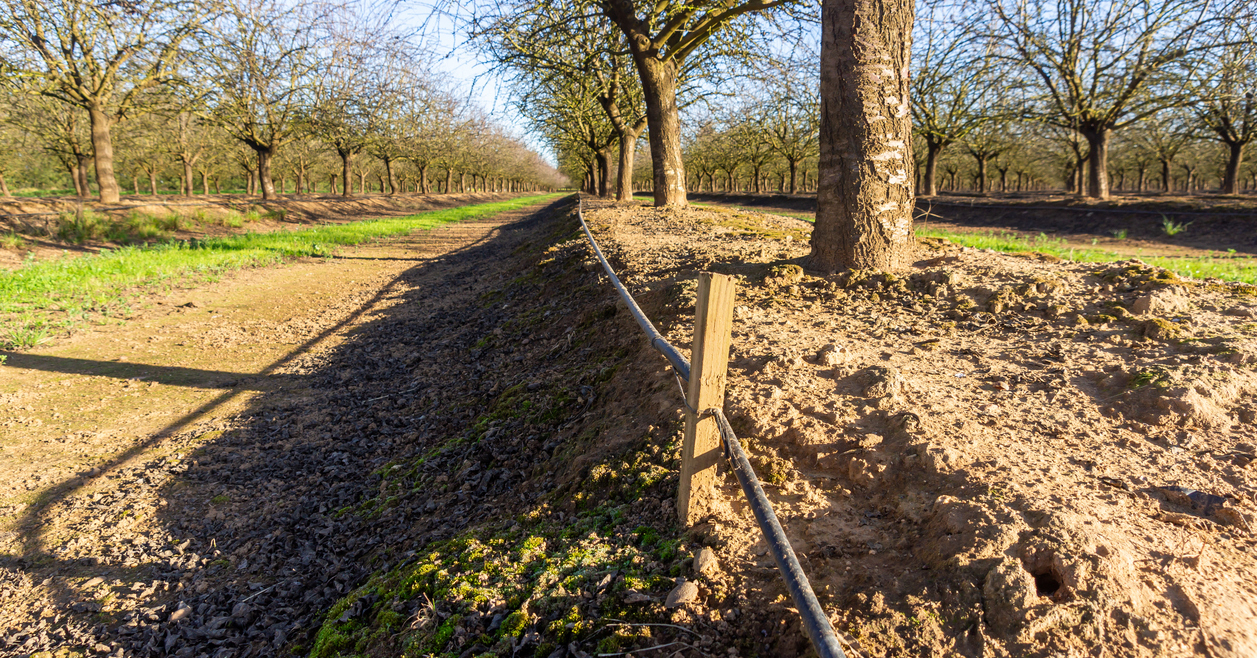Be a Georgia Tree Know-It-All: Southern Magnolia
Get to know Georgia’s beautiful array of trees and how you can take care of your own! Each month, we feature some of the most popular trees in the state, including the Devilwood tree, Butternut, and Two-Winged Silverbell tree.
We are showcasing the Southern Magnolia (Magnolia grandiflora L.) — one of the South’s most beautiful staples!
Characteristics
You may be surprised to learn that the Southern Magnolia is an evergreen. Its deep green, shiny, leathery leaves can range in length from five to ten inches. Despite its evergreen status, however, “If you can’t abide leaf drop, this isn’t the magnolia for you,” Southern Living warns, “because the leaves of M. grandiflora drop 365 days a year.”
While the Southern Magnolia normally reaches 50 feet in height, it can potentially grow up to 100 feet tall and 40 feet wide.
Perhaps its most cherished characteristic, the magnolia’s fragrant blossoms are cup-shaped and eight inches in diameter. After their initial blossoming, these thick-petaled flowers open in the morning, then close in the evening for two to three days. This cycle continues (along with new blossoms) throughout the summer and into the fall.
After the blooming season, Southern Magnolia’s flowers produce cone-like seedpods that contain the tree’s large red seeds.
Growing Conditions
The Southern Magnolia thrives in both full sun and partial shade. The Arbor Day Foundation recommends that it should receive a minimum of four hours of direct, unfiltered sunlight each day.
In terms of soil quality and pest resistance, the Southern Magnolia is relatively flexible. “It grows well throughout Georgia, is widely adaptable to a variety of soils and has few pest problems,” the University of Georgia Extension confirms.
Once established, the Southern Magnolia can also be relatively drought-tolerant, but in the early stages of growth, they will need plenty of water. Rich, moist, well-drained soil will be ideal to help your Southern Magnolia thrive across hardiness zones 6 through 10. (Atlanta and North Georgia are in zone 7.)
Tree Care
A quick-growing tree, the Southern Magnolia should be pruned during the colder seasons, after blooming is complete. Dead, damaged or broken limbs need to be trimmed away to promote healthy growth.
If you choose to handle pruning yourself, Garden Guides recommends making your cuts at the tree collar (the thickest section next to a joint shared with another limb) for maximum healing. For thicker, longer, or higher-up branches, we recommend bringing in a tree professional.
In the northern areas of its hardiness range, the tree may require protection against winter winds and ice, which can cause branch breakage and bark damage.
Signs of Distress
During dry spells, give your Southern Magnolia a thorough soaking, as prolonged drought can be a major stressor. Signs of water stress include wilting and drooping leaves at the top and center of the tree. An excessive amount of falling leaves and thinness throughout the tree could also suggest insufficient water.
Verticillium wilt is another common issue in magnolias. The soil-borne fungus prevents nutrients from reaching the tree and causes branches to die off. Look for sudden wilting on one side of the tree, or browning along leaf edges.
We want to help keep your majestic Southern Magnolias in good health throughout the year. For help with your trees’ pruning, trimming, or disease prevention care, reach out to us online or give us a call at 404.252.6448.










